The artistic world has always been a breeding ground for non-compliant virtuosos, tapping into offbeat trajectories of creation and thought. Now, Pavel Milyakov - widely known as Buttechno - joins the chat. Irreversibly shaped by a musical DIY upbringing, theory and political urgencies, Milyakov’s catalogue lays bare a theme that permeates everything he touches: a jittery disregard for conventions in music, social structures, and beyond.
Milyakov’s sound is hard to pin down. Take 2015’s SPORT, in which Milyakov explored a lo-fi, raw and grainy strain of techno that initially seems to lean toward the more functional side of the dancefloor, but surprises with some hazy, minimal experimental cuts – a sound well represented throughout his discography. What might be his most renowned release is badtrip from 2019, which consists of surprisingly stomping bangers, as catchy as the trance and gabber-loaded songs on Enthropic Vision from 2025. His latest addition to the catalogue is HEAL, an ambient collaboration with Lucas Dupuy, presenting a more restrained and soothing side of him, filled with weightless synths, gentle chimes and birds chirping from afar.
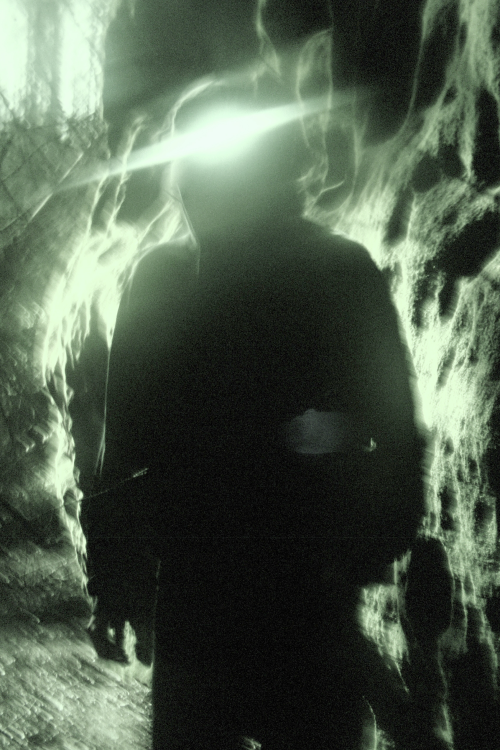
Trying to anticipate what Milyakov might sound like next is a zero-sum game. But that’s precisely the point. The artist invites randomness, experimentation, and a wild mix of genres that most producers safely steer clear of, perhaps influenced by the monoproduction that an impatient society demands. In his productions, Milyakov draws on movements that share similar perspectives. Free tekno, gabber, and noise are well-represented in his releases, which range from delicate ambient tracks to guitar-driven songs and vocal-rich trance anthems.
As he dials in from Berlin, our tête-à-tête quickly makes clear that Milyakov is as brutally honest as the musical movements that inspire him, fully in control of his artistic vision, and guided by a deep sense of integrity and well-defined inner coordinates. He walks through his methods, theories, and tools, among them Quantum: a digital audio workstation and sampler he co-developed. It applies principles of quantum theory to sound, introducing randomness, interference, and the observer effect into the composition process. Alongside that, he references excerpts from Mark Fell, the writings of Stas Sharifulla, and the cinema theory of Gilles Deleuze, as well as other fragments of thought that ground his work in something far deeper than aesthetic instinct.
It’s safe to say that Milyakov is not guessing. He’s building.
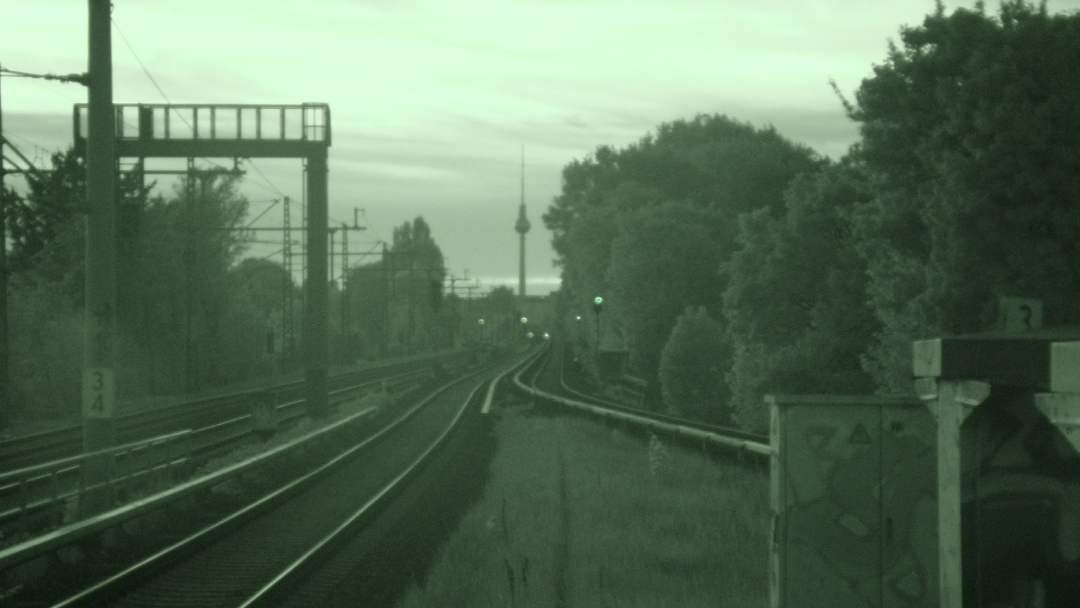
'Our approach to music-making was uncompromising, loud and experimental'
Several influences are evident in your production. What was the influence of the noise-rock, psychedelic band Midnite Cobras - now defunct - you were part of and how did you get into this?
'Midnite Cobras was a psychedelic-noise-stoner band, and was all about playing abstract guitar music with a lot of noise and experimenting with sound. It was a totally uncommercial project of friends who enjoyed this unconventional approach to music together. It even has zero studio recordings, and was mostly a live band. It was all about the rebellious spirit of music.
Growing up, I was into skateboarding, and that rebellious spirit was an integral part of that culture. We didn’t have internet access, and imported CDs were expensive. I mostly listened to local bands at small gigs. I started playing guitar at 12, drawn to its raw, rebellious energy.
I couldn’t afford an electric guitar until I was 20 years old. I’d borrow friends’ instruments just to play. Midnite Cobras formed when I was 23, and even then, I didn’t own a guitar at first. When I finally bought one, it was only because I’d taken an office job. It taught me to create with whatever was available, and that resourcefulness carries into my music now.'
Sounds very DIY?
'Yes, our approach to music-making was uncompromising, loud and experimental. The bands that influenced me were Sonic Youth, Les Rallizes Dénudés, Body/Head, Keiji Haino, Spacemen 3, Earth, and SUNN O))). All these bands used guitar sound in a nonconventional way, deconstructing both sound and composition.'
How did your upbringing influence your music-making?
'I was born in the poor suburbs, and my parents were not from the privileged ruling class, so I had nearly no access to music. I had no computer and no internet when I was a teenager. There were also no smartphones or social media. The first interesting or unusual music that I've heard was music from skateboarding videos, which were only distributed on VHS tapes. I didn't have the tapes, as they were expensive, but a friend of mine did, and I was shocked when I first heard Sonic Youth in one of the skate videos with a 10-minute-long guitar noise I had never heard before.'
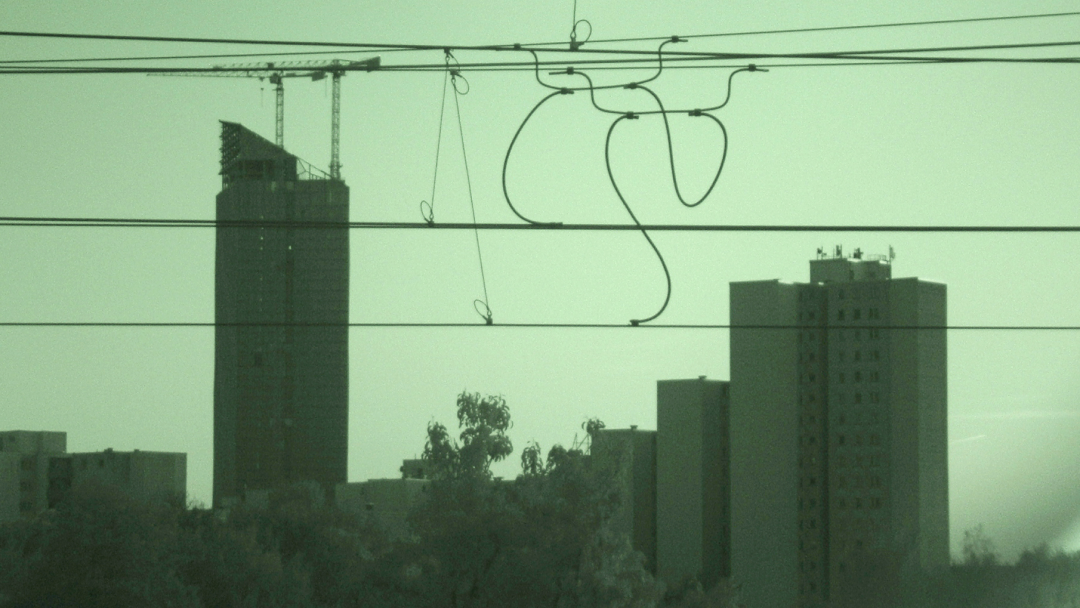
Your current approach to music-making still sounds like an unrestricted, free-wheeling one. By design, your work resists easy classification or norms, as it explores multiple genres, sometimes even within a single track. Why is this?
'It mostly stems from a genuine love of sound and music-making. I often use random algorithms to generate unpredictable results. I have a vast sample bank, and sometimes I let algorithms select sounds when I can’t decide what I want to create. The system might add a warped guitar line to a dance track or inject acid synths into a blues piece. I determine the parameters, but the algorithm brings surprises.
I also draw from Deleuze’s concept of the "movement-image" (in his philosophical study of cinema), where continuity defines the image rather than a single moment. Similarly, I apply theoretical concepts to challenge my own thinking, creating unexpected soundscapes.'
Please elaborate on these concepts and your approach to them!
'Deleuze's idea of “movement-image” describes my approach to sound well: “Images are not described in a unique moment; rather, the continuity of movement describes the image.” This concept leads me to the thought that, especially in dancefloor-oriented music (or let's call it ‘music based on the rhythmic structure’), it is really hard to achieve this "movement-image" state when you start with working from selecting those separate elements like drum sounds and other separate parts of the whole composition. In my practice, it always leads to boring and lifeless results. Though there are ways to break the template and try to step to the unimaginable territories.'
Is using the randomness of algorithms a way of countering this approach of selecting separate elements?
'Yes, randomness is a good way to remove the factor of selecting separate elements, and an algorithm can select something you would never think of. Otherwise, the human mind tends to repeat the patterns that it recognises, which limits music-making to just one’s imagination. Mark Fell inspires me here, who wrote about the imagination in artistic practice and argued that there is too much emphasis on the artist’s mind because of the idea that one is limited by one's imagination: “...activity is limited by imagination because imagination is limited. Something outside the imagination is needed to arrive at what was previously 'unimaginable’...”.'
Your current approach to music-making still sounds like an unrestricted, free-wheeling one. By design, your work resists easy classification or norms, as it explores multiple genres, sometimes even within a single track. Why is this?
'It mostly stems from a genuine love of sound and music-making. I often use random algorithms to generate unpredictable results. I have a vast sample bank, and sometimes I let algorithms select sounds when I can’t decide what I want to create. The system might add a warped guitar line to a dance track or inject acid synths into a blues piece. I determine the parameters, but the algorithm brings surprises.
I also draw from Deleuze’s concept of the "movement-image" (in his philosophical study of cinema), where continuity defines the image rather than a single moment. Similarly, I apply theoretical concepts to challenge my own thinking, creating unexpected soundscapes.'
Please elaborate on these concepts and your approach to them!
'Deleuze's idea of “movement-image” describes my approach to sound well: “Images are not described in a unique moment; rather, the continuity of movement describes the image.” This concept leads me to the thought that, especially in dancefloor-oriented music (or let's call it ‘music based on the rhythmic structure’), it is really hard to achieve this "movement-image" state when you start with working from selecting those separate elements like drum sounds and other separate parts of the whole composition. In my practice, it always leads to boring and lifeless results. Though there are ways to break the template and try to step to the unimaginable territories.'
Is using the randomness of algorithms a way of countering this approach of selecting separate elements?
'Yes, randomness is a good way to remove the factor of selecting separate elements, and an algorithm can select something you would never think of. Otherwise, the human mind tends to repeat the patterns that it recognises, which limits music-making to just one’s imagination. Mark Fell inspires me here, who wrote about the imagination in artistic practice and argued that there is too much emphasis on the artist’s mind because of the idea that one is limited by one's imagination: “...activity is limited by imagination because imagination is limited. Something outside the imagination is needed to arrive at what was previously 'unimaginable’...”.'
Working with algorithms feels counterintuitive: isn’t technology usually quite straightforward and not random at all? Running on zeroes and ones? Moulding everything into (code)rules?
'While technology could sometimes be straightforward, music is not about being straightforward at all, quite the opposite. Therefore, to create new music, we should explore new ways to work with technology, or even develop new technology that won't be straightforward.
To achieve ‘unimaginable’ territories, I often use a variety of different tools and techniques that have a lot to do with unpredictability and random algorithms. No matter what particular technique or gear I use and what concept I apply to any particular work, the general strategy often tends to be the same: to create a system that has a very small dependence on my personal choices, to let it evolve in its own way, then adjust it (if needed) and finally pick and use the best parts. Then I finalise the result, mixing and EQing it if needed, but the main core of the whole piece does not come from my imagination or inspiration.
It is also always a kind of "movement-image", which feels and sounds alive, even if it's reduced to just a few sounds, but you feel that they definitely catch the groove in their movement.'
What are your general inclinations toward categorisation, then?
'Categorising music is a constructed practice, often useful for listeners and creatives exploring different genres and understanding their context. From a creator's perspective, though, thinking in terms of templates or genres can be limiting. Every genre has boundaries shaped by its history. While those constraints offer structure, they can also subconsciously fence you in. When music crosses genres, how do we define it? Do we approximate or lean into one side over the other?'
We can also hear influences from free tekno and gabber, both of which carry a rebellious cultural and historical aspect. Could you tell us about these influences and what they mean to you?
'I love these genres as they also use an unconventional approach to sound, specifically BPM speeds. It’s either too loud or too fast compared to conventional and commercial music of that time. It was a form of protest, as it was undigestible for the wider audience. I also appreciate how these genres have their own lore, history, distinct communities and sonic elements that are really interesting to explore.'
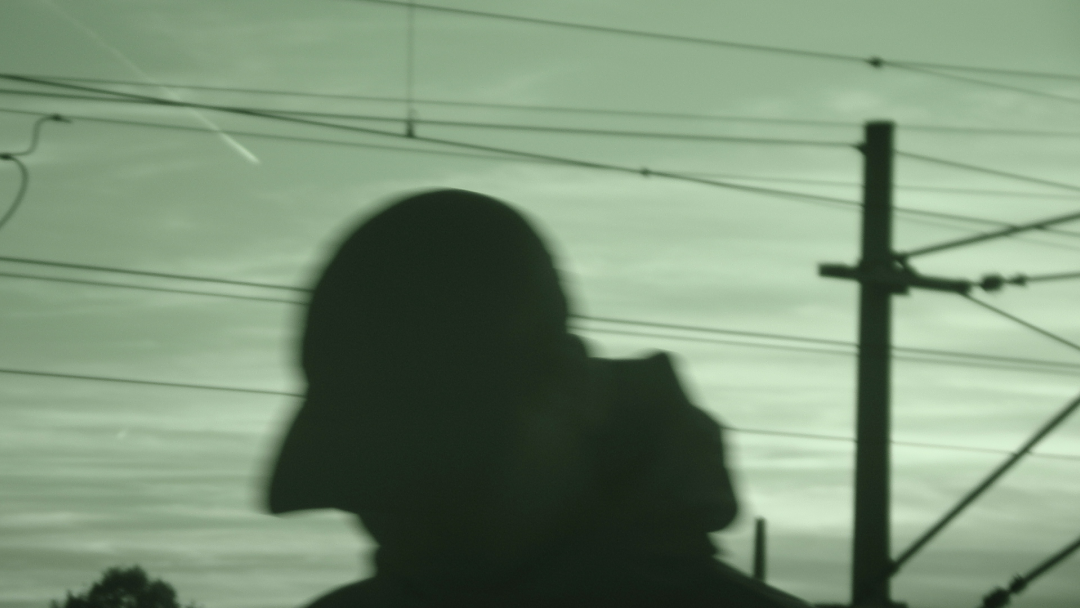
Integrity at heart
As the conversation unfolds, it becomes clear that Milyakov’s nonconformist voice as an artist extends beyond his embrace of algorithms and unconventional views on genres. After the Russian invasion of Ukraine, Milyakov left his hometown – a political decision that reflected a broader shift in focus toward supporting local, undiscovered artists, political resistance, and his Ukrainian friends and colleagues. Today, he is more vocal than ever about the limitations of nationalism, statehood, and the fluid boundaries of nightlife, highlighting how scenes and systems often mirror the very politics they claim to resist.
Both as an artist and as a person, was it difficult to make the decision to be vocally against the actions of the country where you used to live and work?
'The process was difficult, but not the decision. Many artists left or were forced to leave the USSR in the past because their art was not aligned with the values of the regime. I left because I have family and friends in Ukraine, and I found it unethical to continue to stay and work in Moscow. I also disapproved of the way the local music community turned a blind eye when the war started.
However, the influence of living in the post-Soviet environment in the 1990s and 2000s certainly shaped my music. Many of my past albums also reference post-Soviet geography.'
How do you find this balance of acknowledging your background and moving away from a regime like that? It sounds conflicting and challenging to navigate.
'I research and read a lot about the origins of my family and try to acknowledge the true historical context of what has really happened with them in the past. I read a lot about the famines, displacement, and gulags in the USSR. The vast majority of Western literature rarely mentions the brutal things that the USSR and the Russian Empire did in terms of colonisation and oppression. It is very important to inform the Western audience on this and explain that the USSR was not an "anti-capitalist heaven" – it was a brutal empire that ruined millions of lives, and what is happening now is deeply tied to that past.'
Where and how did you find your new community?
'I have always had many friends in Europe, and Berlin in particular, and I was happy to meet a number of new friends and like-minded artists here.'
Did your stance towards raving change?
'The main idea has always been with me, and it remains unchanged; it is the concept of community. A community should always be there to help and support one another, especially in times of war when this directly affects the individuals of a community. Responsibility matters, and I respect those who have a big audience and speak up.'
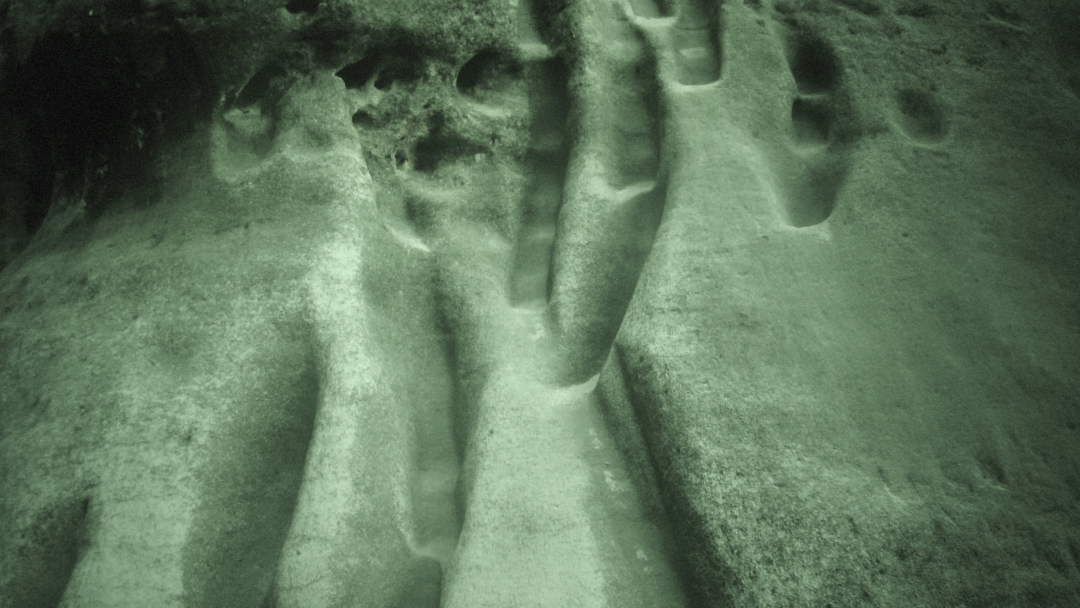
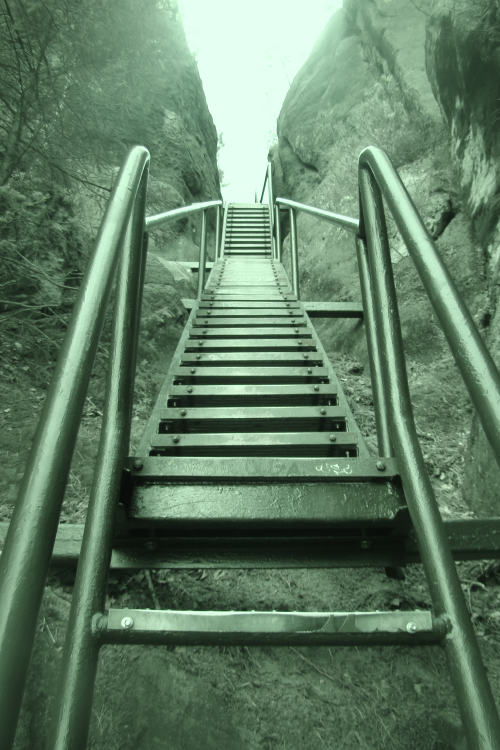
Your political voice seems to be as uncompromising as your music. What are your thoughts on the politics-to-music relationship?
'My friend Stas Sharifulla’s research captures this well: “A sound is always rooted in certain contexts and inextricably entangled with the causal relationship of the moment of its appearance. And if it appeared as a result of violence, one simply cannot unthink it.”
The environment dictates everything. Some try to use raves as a means of escaping reality, ignoring everything that is happening around. Rave is always political and responds to society, which is why it is still necessary to create safe spaces within the scene, which comes from marginalised communities. Forming these safe spaces is also a political act.
In the 90s, the post-Soviet electronic music scene often catered to the privileged: those whose parents had money and links to the government and so had a privilege to travel abroad, where they could purchase vinyl records. It was exclusionary. Contrast that with Detroit techno, where underserved black communities repurposed the very technologies used against them to create powerful, revolutionary music.'
How can individuals in music communities support one another, you think?
'Georgia’s electronic music scene is a good example, where a rave brought change when people protested on the main square in front of the parliament. It is inspiring to see how the underground communities unite in Tbilisi in the times of heavy political crisis and how they resist the regime and help each other.
Fundraisers are a good thing, too. It’s a helpful method for collecting money to bring about valuable change, and it’s not difficult to do. As for the artists with a big audience; no one is demanding them to post a lot of extreme statements, but one small post can change the course of things. There is always some degree of compromise, for sure, because no one can fully exclude themselves from the context of capitalist society, especially within the electronic music industry, which tends to become more and more commercialised.'
Pavel Milyakov's work underscores the idea that integrity is crucial to creative freedom. It reminds us that artistic identity and creative communities are built on a shared purpose, respect for diverse paths, and staying true to one's vision. We all must navigate larger systems daily, and it is our engagement with them, especially through creative expression, that shapes the way forward.
.webp)


.webp)